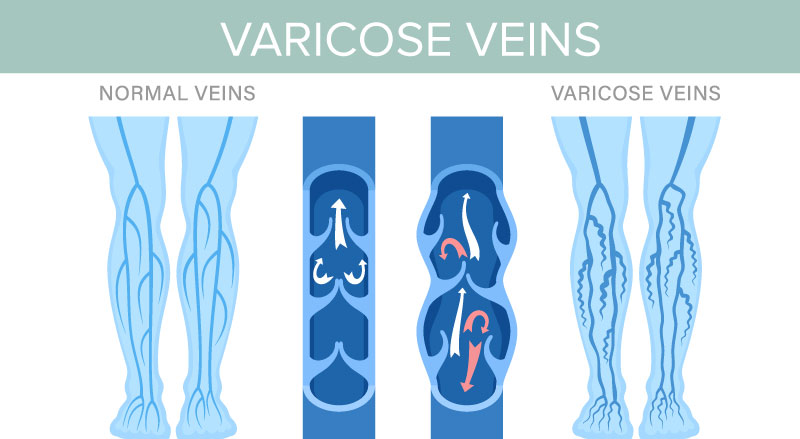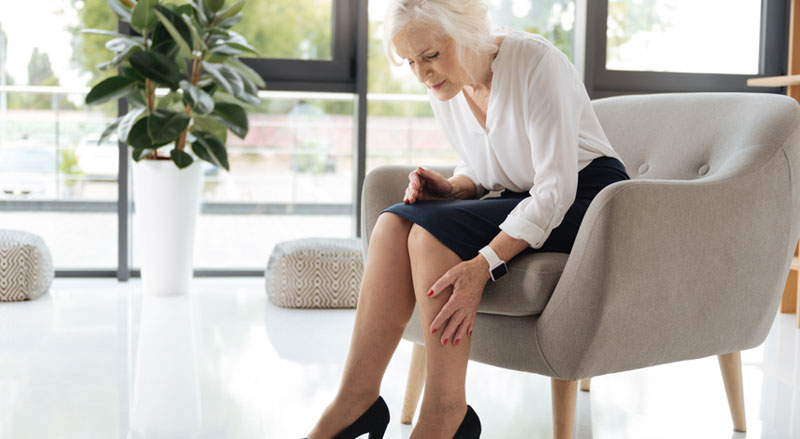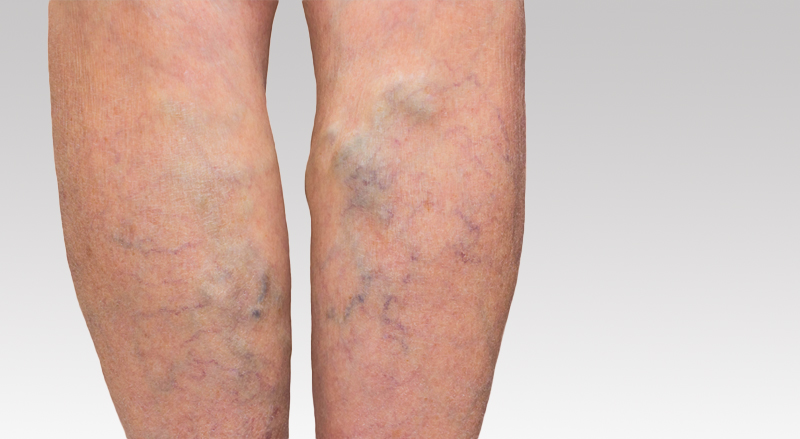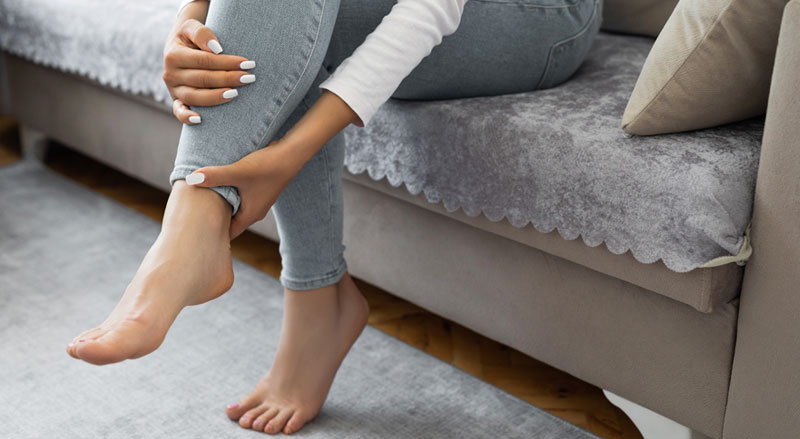Learn the warning signs and why a proper diagnosis of varicose vein disease is so important.
Do you get cramps in your legs overnight or have restless legs? Are your legs often itchy for no apparent reason? The cause of your discomfort may have been misdiagnosed as neuropathy or another cause when the actual cause is varicose veins.
Some other medical conditions may present many of the same symptoms. A vein specialist has the experience and technology required for an accurate diagnosis.
The only way to accurately diagnose varicose vein disease is with a reflux ultrasound examination by an experienced vein specialist. When it comes to your vein health, a proper diagnosis is essential so that the issue isn’t over-treated or under-treated.
A Reassuring Word About Varicose Veins
Varicose veins are rarely a serious medical condition. In fact, millions of Americans have varicose veins. The Cleveland Clinic reports that 1 in every 3 adults has varicose veins. For many, they are purely an aesthetic problem. Other times, varicose veins cause annoying symptoms that will relieved by, but don’t require immediate medical attention.
Still, for some, varicose veins can cause chronic venous insufficiency. This is a dangerous medical condition related to blood circulation. The good news is a vein specialist can correctly diagnose and treat it.
More About Chronic Venous Insufficiency
Chronic venous insufficiency is not an uncommon problem for people who have varicose veins. Cleveland Clinic also reports that 1 in every 50 adults with varicose veins eventually develops chronic venous insufficiency.
Damaged veins cause chronic vein insufficiency. Leg veins keep blood flowing back to your heart. But when chronic venous insufficiency occurs, blood flows improperly or not at all.
Learn the warning signs and seek a vein specialist for a proper diagnosis of varicose veins and venous insufficiency.

With chronic venous insufficiency, veins can no longer open and close to properly regulate blood flow; blood pools in the veins instead of flowing toward the heart. Blood may even flow backwards.
The pooling blood creates extra pressure on the vein. The result can be uncomfortable swelling, ulcers, insufficient blood flow, and possible life-threatening blood clots.
This condition is most common in people over the age 50, with increasing risk as you further age.
Read more about chronic vein insufficiency.
Medical Conditions That Can Mimic Varicose Veins
There are other medical conditions that present many of the same symptoms of varicose veins.
They include:
- Tendonitis (inflammation of the tendons)
- Injuries to ligaments
- Osteoarthritis (a common form of arthritis)
- Sciatica (caused by pressure on the sciatic nerve)
- Osteomyelitis (a bone infection)
- Peripheral neuropathy (damage to nerves—often in the feet)
- Arterial insufficiency (a slowing of blood in arteries)
If you have any of these conditions, it’s critical that you receive a proper diagnosis to ensure that you get the medical attention that you need.
When to Speak to a Doctor

While varicose veins aren’t usually cause for concern, speak to a doctor if:
- The veins are painful or make you feel uncomfortable
- Leg and vein pain is interfering with your sleep
- The skin near the veins is irritated or annoying
Learn more about when to see a doctor for leg pain.
Get an Accurate Diagnosis with a Reflux Ultrasound Examination
To properly diagnose your varicose vein condition, and even determine if you have varicose veins, it’s best to consult a vein specialist.
First, there will be a physical examination of your legs, looking for swelling or other developments. The doctor will ask questions about your leg pain experience.

Afterwards you should have a reflux venous ultrasound examination. It is important that a qualified physician and ultrasound technologist perform this exam.
With this imaging technology, the doctor can definitively determine if the veins in the legs are functioning properly. It will also identify where some veins may be having problems or need treatment.
This test is completely non-invasive and painless.
See what our vein specialist, Dr. Stuart Miller, has to say about the importance of an accurate reflux ultrasound examination.
At NJVVC, our vein doctor, Dr. Stuart Miller, specializes in properly performing and analyzing the results of a reflux ultrasound examination. It is imperative to administer and analyze this test properly to ensure accurate diagnosis and subsequent treatment. False negatives or false positives in this exam will lead to a vein condition being over-treated or under-treated—and can even lead to a wrong diagnosis altogether.
Common Symptoms of Varicose Veins
Leg Aches
Legs ache at the end of the day or after long periods of standing and/or sitting.
Physical Appearance of Veins
You see twisted rope-like bulges under the skin. They can look blueish or red. Sometimes you can’t see veins that are far below the skin’s surface.
Leg and/or Foot Swelling or Heaviness
Legs feel unusually heavy and make running or even walking uncomfortable or painful.
You often see swelling of feet and ankles.
Burning, Throbbing, Aching
Itching
You feel an itching sensation around the veins, or on your legs before veins are even visible.
Restless Legs or Leg Cramps at Night
Red Spots on Lower Legs/Shiny Legs
Red spots can be a sign of a burst vein.
Hyperpigmentation Around Ankles
Commonly seen with long-existing varicose veins.
Avoid These Complications of Varicose Veins with Proper Diagnosis
Blood Clots
Blood clots in veins can lead to serious swelling of the vein (thrombophlebitis) or deep vein thrombosis (DVT). DVT can lead to a life-threatening pulmonary embolism.
Bleeding
A varicose vein near the surface of the skin may bleed if you bump your leg. This bleeding can be difficult to stop. Elevate your leg and apply pressure; get immediate medical care if you cannot stop the bleeding.
Ulcers
A leg ulcer or wound will need to be cleaned regularly and bandaged properly.
Contact us at the New Jersey Vein and Vascular Center (NJVVC) for non-invasive vascular imaging studies, second opinions of imaging studies, and minimally invasive endovascular services.


